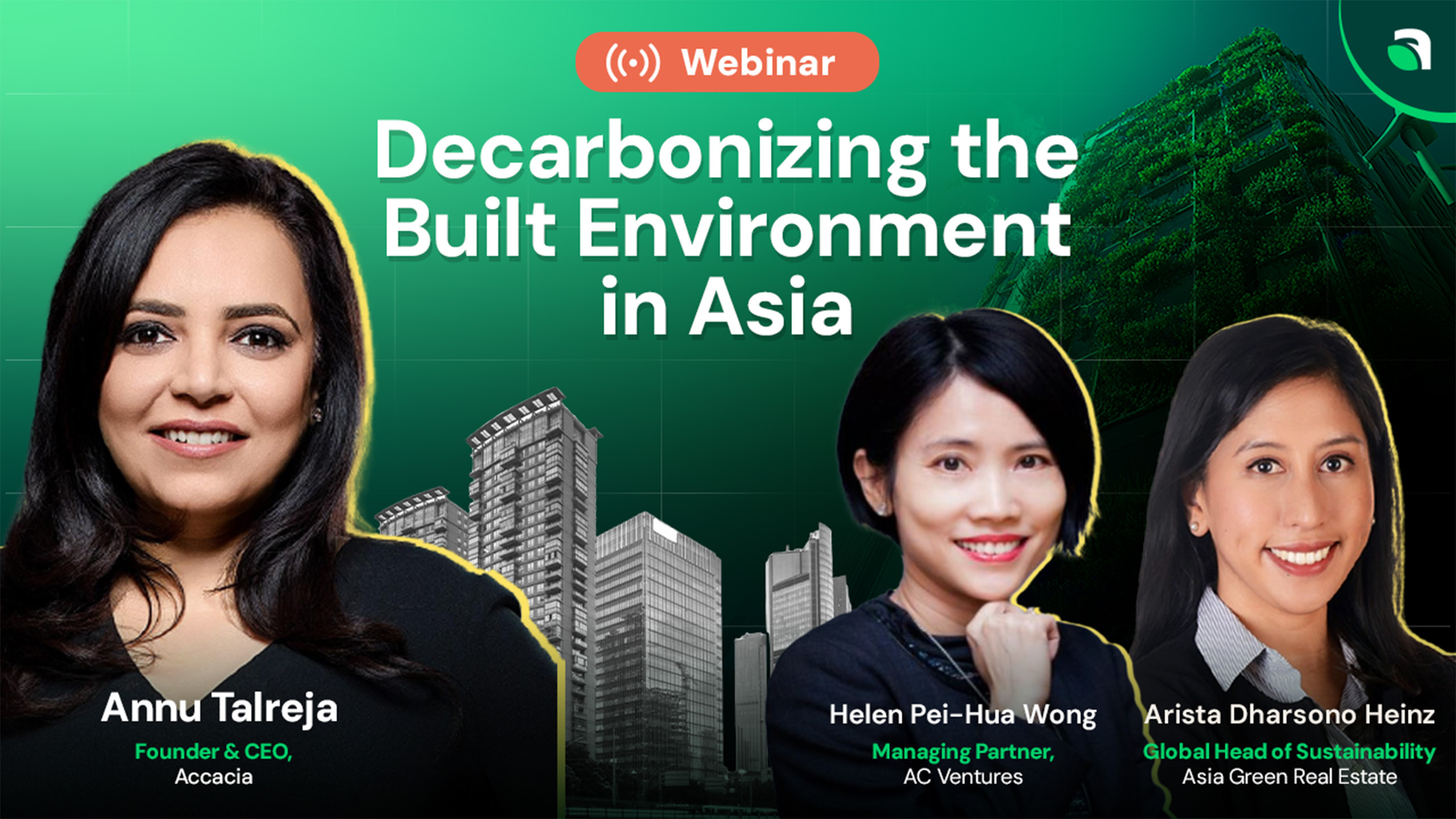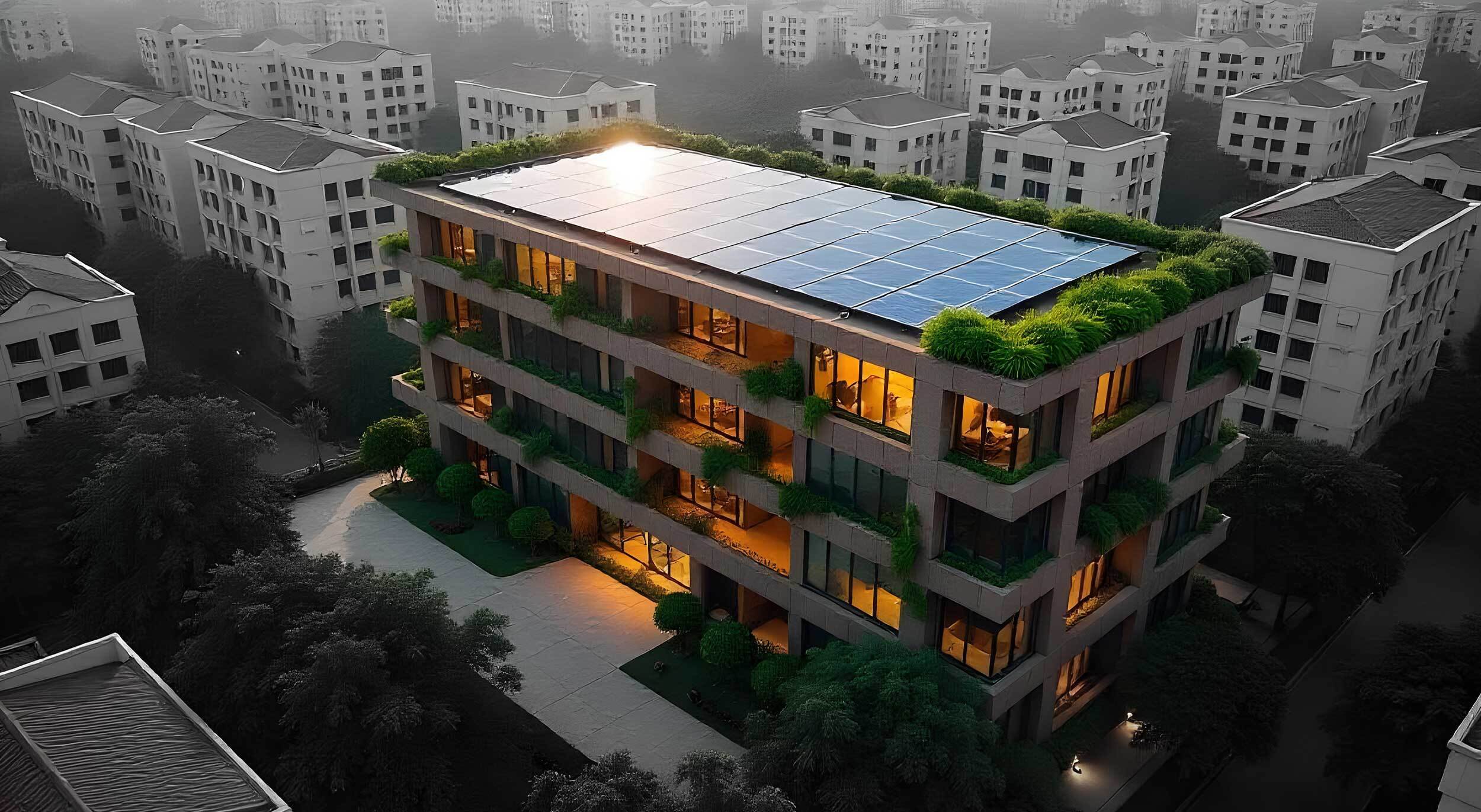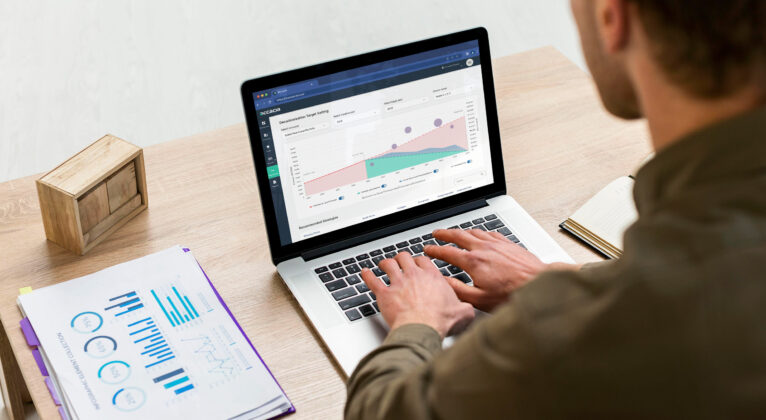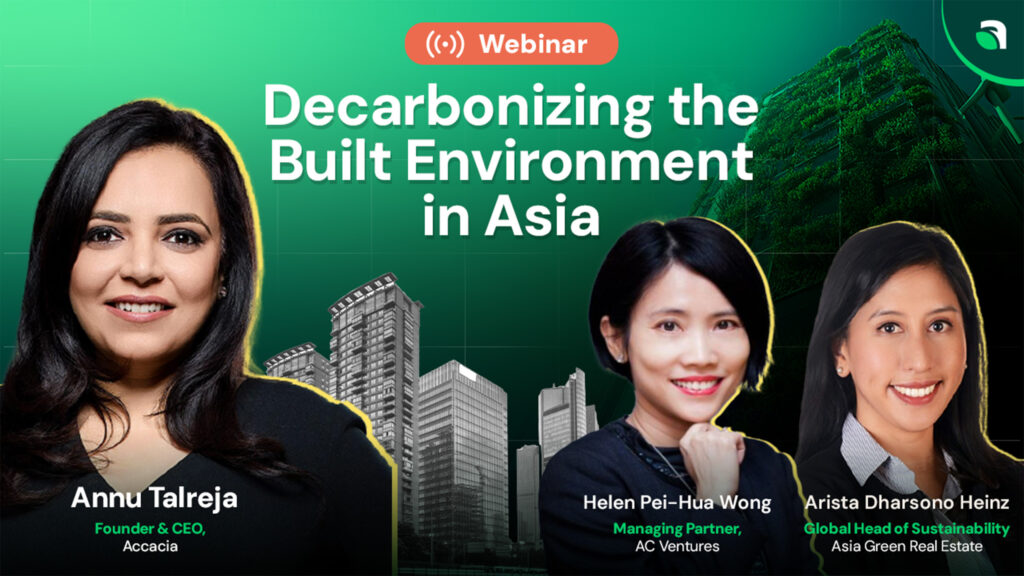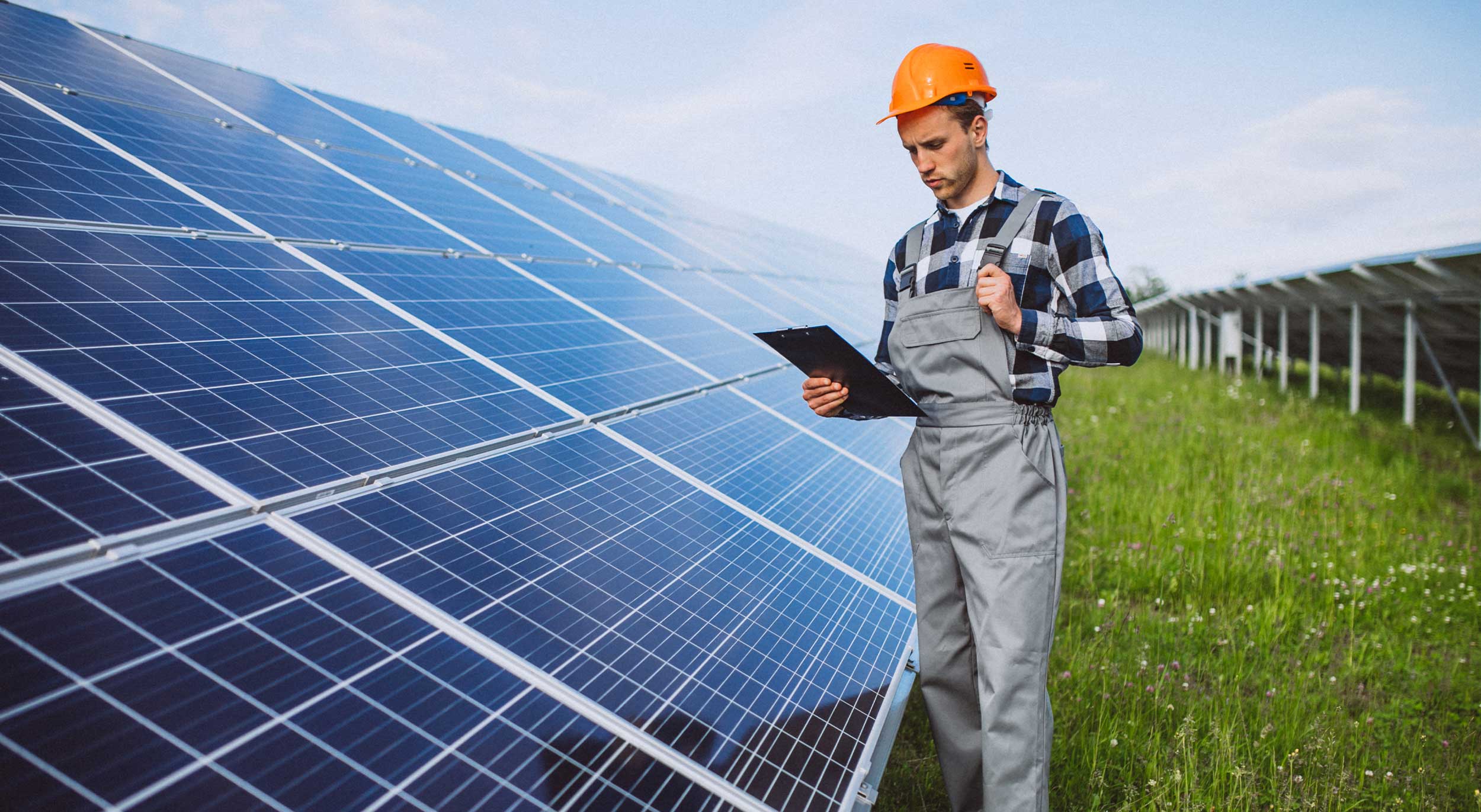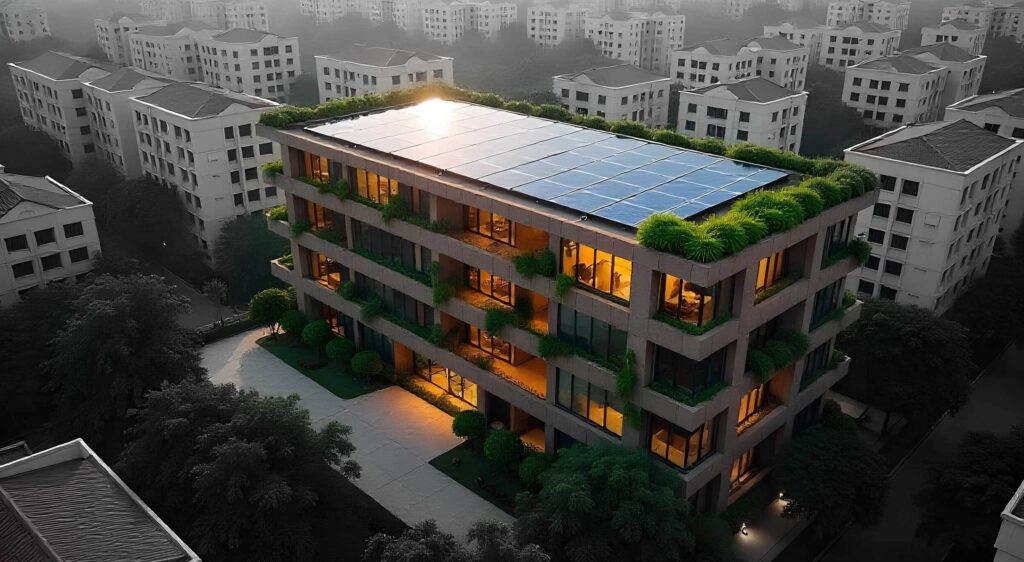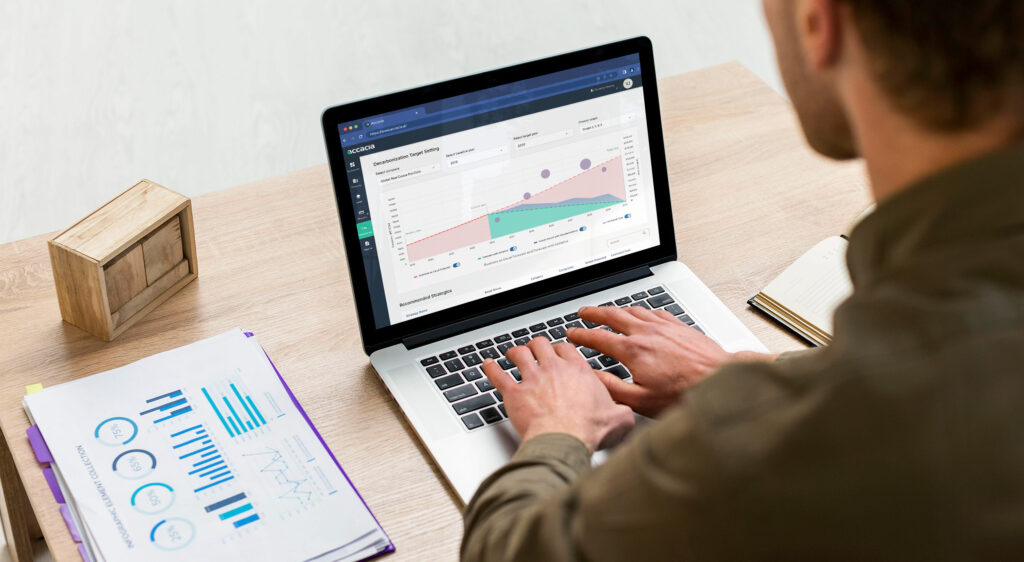There was a time when installing solar panels was considered a luxury. A symbol of eco-conscious living. A side project for the green elite. Not anymore.
In 2025, solar has gone mainstream — not because it’s trendy, but because it’s functional. For households and businesses alike, going solar is no longer about saving the planet. It’s about saving money, avoiding power outages, and taking back control over your most essential utility: electricity.
The truth is, solar in 2025 is one of the most practical, financially sound, and emotionally rewarding choices you can make.
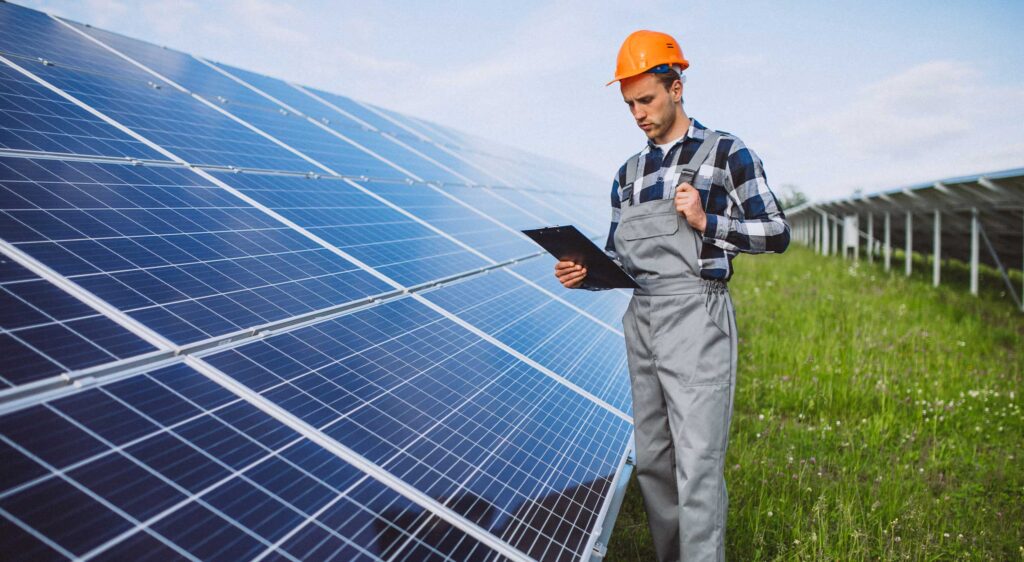
Why Solar Demand Is Surging Across India
Solar adoption in India has evolved. It’s no longer driven by curiosity or climate awareness — it’s driven by daily frustration.
From metros like Delhi and Mumbai to small towns in Bihar and Rajasthan, India’s power grid still struggles to keep up with demand.
Here’s what the average household or SME is up against:
- Frequent Power Cuts: Especially in states like Uttar Pradesh, Tamil Nadu, and Maharashtra.
- Voltage Fluctuations: Damaging everything from Wi-Fi routers to refrigerators and air conditioners.
- Grid Overload During Peak Hours: Particularly during summer months when AC usage spikes.
In short, what people want is simple:
- Uninterrupted power
- Functional appliances without fear of damage
- Independence from grid unreliability
A rooftop solar panel system solves this — and then some.
A standard 3 kW system can power a 2–3 BHK home, run essential appliances during the day, and — with a battery backup — keep you running after sunset. Pair that with smart inverters, real-time app monitoring, and IoT integration, and your home isn’t just solar-powered — it’s future-ready.
Solar’s Real Superpower? The Numbers
Let’s cut to it. The biggest reason Indians are going solar in 2025?
Money.
Power tariffs have been rising at 7–10% annually. In many homes, the electricity bill is now higher than school fees or groceries.
Cost of a 3 kW Solar Panel System in 2025:
- ₹1.5–1.8 lakhs (pre-subsidy)
- ₹90,000–₹1.1 lakh (post MNRE 40% residential subsidy)
Monthly Savings:
- ₹1,500–₹4,000/month
- That’s up to ₹48,000/year in your pocket
Payback Period: 4–6 years
Free electricity for the next 20+ years
For businesses looking at solar panels for commercial use:
- Enjoy accelerated depreciation under the Income Tax Act
- Opt for PPAs (Power Purchase Agreements) with zero upfront investment
- Solar becomes a CapEx that pays back faster than most assets
Simply put: solar isn’t just cheaper in the long run — it’s a profitable move from year one.
Why Solar Feels Like the Right Decision
Money and reliability aside, there’s an emotional driver behind solar too:
- Frustration
“I pay more every year and still lose power twice a week.” You’re not alone. This is the most common trigger for going solar. - Fear
“What if prices go up again next year?” Solar adds predictability to an unpredictable future. - Aspiration
“I want to be the kind of person who takes charge of their life.” Solar is a statement. Of self-reliance, of being future-ready. - Pride
“I’m showing my children what real sustainability looks like.” There’s emotional ROI in knowing your choices align with your values.
Solar isn’t just a utility shift — it’s an identity shift.
Understanding Solar Panel Technologies: Making the Right Choice
When considering a switch to solar, the array of technical terms can be overwhelming. Let’s demystify the most common solar panel technologies to help you make an informed decision.
🔹 Monocrystalline Panels (Mono)
What it is: Crafted from a single crystal structure, monocrystalline panels are known for their efficiency and sleek appearance.
Why people recommend it:
- Higher efficiency rates (18–22%)
- Superior performance in high-temperature conditions
- Space-efficient due to higher power output per square foot
Best for: Solar panels for home installations with limited roof space.
Considerations: Traditionally more expensive than polycrystalline panels, but the price gap has narrowed significantly by 2025.
🔹 TOPCon (Tunnel Oxide Passivated Contact)
What it is: A step up from traditional monocrystalline, TOPCon panels offer enhanced efficiency via advanced passivation layers.
Why it’s better:
- Efficiency levels of 22–24%
- Performs well in low-light conditions
- Longer lifespan with consistent output
Best for: Those looking for higher return on solar installation cost through durable and efficient systems.
🔹 HJT (Heterojunction Technology)
What it is: A hybrid combining crystalline silicon wafers with amorphous thin films for optimal output.
Why it stands out:
- Top-tier efficiency (up to 25%)
- Minimal performance degradation
- Excellent performance across diverse climates
Best for: Commercial setups between 1kW to 500kW, or anyone seeking premium solar technology.
Where Accacia Comes In: Solar Made Simple, Reliable, and Smarter
Accacia is more than just a platform — we’re your partner in making the switch to solar effortless. Whether you’re a homeowner installing your first 1 kW rooftop system or a business setting up a 500 kW array, Accacia makes going solar faster, smoother, and more reliable.
✅ Curated, High-Quality Solar Kits
From monocrystalline to HJT, our kits are tailored to your energy needs — from 1 kilowatt solar panel price kits for homes to commercial-grade systems for factories. All products are pre-tested and backed by a 25-year warranty on modules.
✅ Transparent Pricing, No Middlemen
Whether it’s a 1kw solar panel price or a full 500kW installation, we offer clear, upfront rates. No inflated margins or confusing terms — just real numbers and real value.
✅ Smart Solar, Right Out of the Box
All our systems support IoT-based monitoring and real-time insights. It’s solar made as smart and simple as your phone — with app-based control and smart inverter integration.
✅ Flexible Financing Options
We make solar affordable with easy financing options, including supply chain finance and partnerships tailored for MSMEs, commercial and industrial clients, and large-scale enterprises. Whether you’re looking for CapEx or OpEx models, our marketplace offers end-to-end support to ease your investment.
The Bottom Line
In 2025, switching to solar is no longer about being early — it’s about being smart.
✅ You reclaim your energy freedom
✅ You save lakhs over time
✅ You protect yourself from unpredictable tariffs
✅ You future-proof your home or business
✅ You invest in a technology that pays for itself
And thanks to platforms like Accacia, even small homes and large businesses can access the right solutions — from 1kw solar panel prices to complete commercial solar setups.
The sun is shining. Why not own a piece of it?





